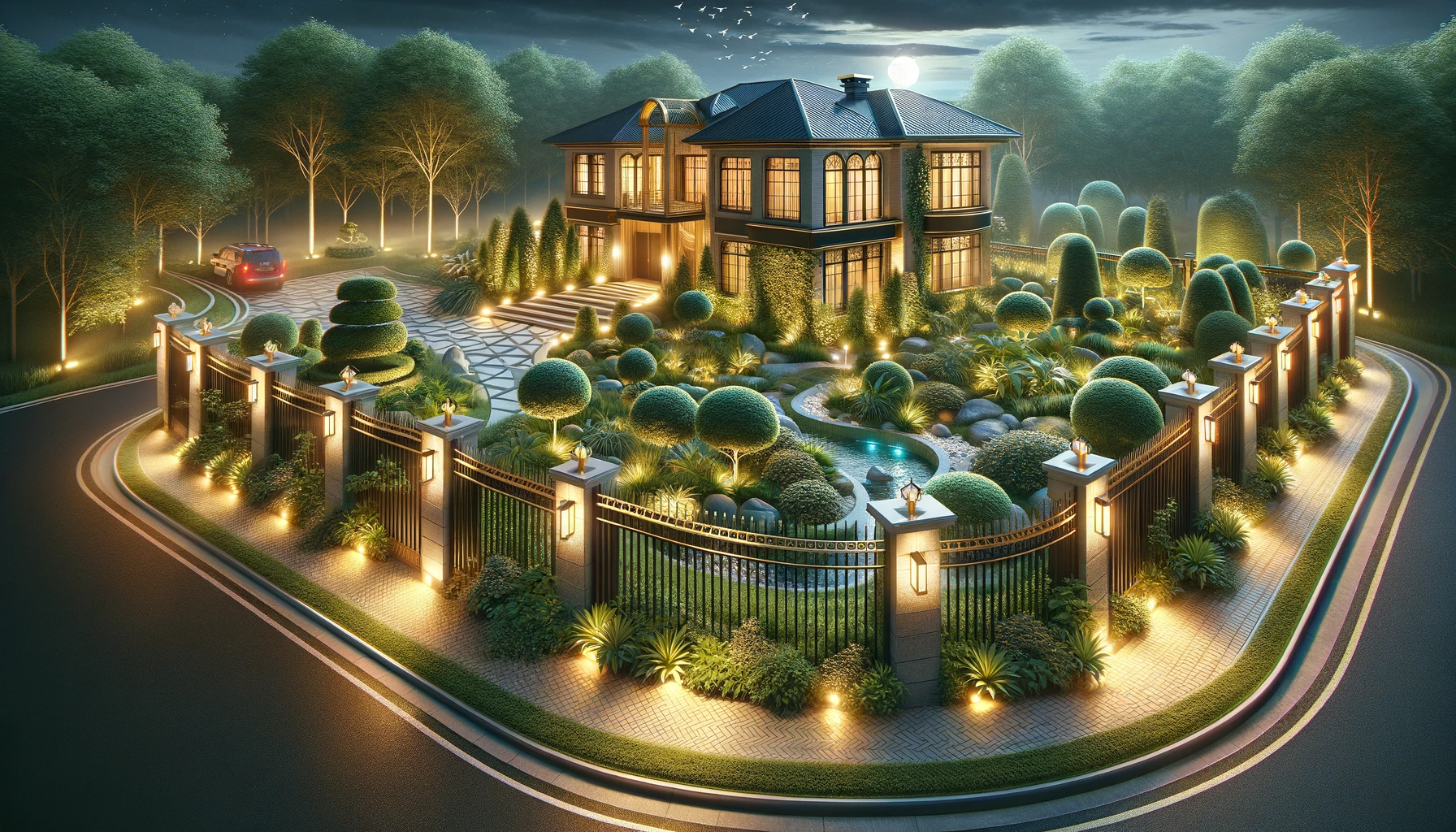In the quest for heightened security, the role of landscaping and environmental design is often underestimated. Yet, when wielded with intention, the natural environment surrounding a property can become a formidable ally in enhancing security measures. This blog post is for you, property managers, chief security officers, and security company hiring managers, who are constantly seeking innovative ways to bolster the security of your properties without compromising aesthetics. Let's dive into the green world of using landscaping and environmental design to naturally enhance property security, keeping our conversation casual yet filled with actionable insights.
The Foundation of Security Landscaping
At its core, security landscaping, or "defensive landscaping," involves strategically planning and designing outdoor spaces to deter unauthorized access, reduce hiding spots, and increase visibility—all while maintaining the property's visual appeal. It's a subtle art that blends functionality with form, creating an environment that is both welcoming for occupants and intimidating for potential intruders.
Key Principles of Security Landscaping
-
Visibility: Ensure clear lines of sight to and from the property, minimizing potential hiding spots.
-
Access Control: Use natural barriers to direct foot traffic and restrict access to sensitive areas.
-
Territorial Reinforcement: Define clear boundaries between public and private spaces to deter unauthorized entry.
Strategies for Implementing Security Landscaping
Natural Surveillance
-
Trimmed Foliage: Keep trees and shrubs trimmed to prevent them from blocking windows and doors. This not only enhances visibility but also eliminates potential hiding spots.
-
Strategic Plant Placement: Use low, thorny plants beneath windows and along perimeter fences as natural deterrents, making it uncomfortable for intruders to cross.
Access Control through Landscaping
-
Pathway Design: Design pathways that are curved and winding rather than straight, which can slow down an intruder's progress and make them more visible.
-
Natural Barriers: Incorporate elements like rocky landscapes, water features, or dense, thorny vegetation to create natural barriers that are difficult to traverse.
Territorial Reinforcement
-
Clear Boundaries: Use landscaping elements such as hedges, flower beds, or decorative fencing to delineate property boundaries clearly.
-
Cohesive Design: Ensure the landscaping design is cohesive and well-maintained, signaling to potential intruders that the property is cared for and closely monitored.
Environmental Design for Enhanced Security
-
Lighting: Combine landscaping with strategic lighting to illuminate pathways, entry points, and dark corners, reducing the likelihood of unauthorized access during nighttime.
-
Maintenance: Regular maintenance is key to ensuring that security features remain effective. Overgrown plants or poorly lit areas can quickly become security vulnerabilities.
Benefits of Security Landscaping
-
Aesthetic Appeal: Security features blend seamlessly into the landscape, enhancing the property's visual appeal while providing functional benefits.
-
Cost-Effective: Once established, many landscaping elements require minimal upkeep, making them a cost-effective security solution.
-
Environmental Benefits: Utilizing green spaces and natural elements contributes to biodiversity, improves air quality, and supports local ecosystems.
Challenges and Considerations
-
Balancing Security and Accessibility: While enhancing security, it's important to ensure that emergency services can access the property if needed.
-
Climate and Environment: Choose plants and landscaping elements that are suitable for the local climate and environmental conditions to ensure longevity and sustainability.
-
Community Impact: Consider the impact of security landscaping on neighbors and the surrounding community, aiming for designs that are secure yet inviting.
Incorporating landscaping and environmental design into your property's security strategy offers a holistic approach to deterrence and defense. By leveraging the natural environment, you can create secure, aesthetically pleasing spaces that promote safety and well-being. Remember, effective security landscaping is not about creating a fortress but about intelligently integrating natural and man-made elements to protect and enhance your property. So, as you plan your next security upgrade, don't overlook the power of plants, pathways, and strategic design in creating a safer, more secure environment.
.png)
.png)
.png)

.png)
.png)

.png)
.png)
.png)
.png)
